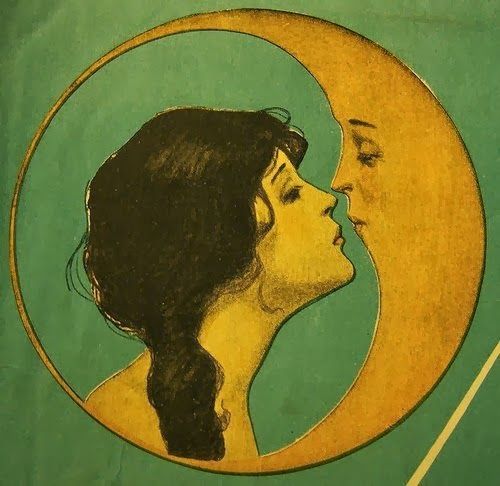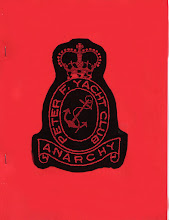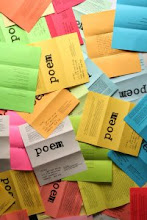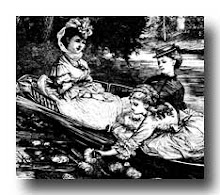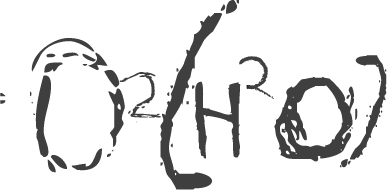17 years ago I published my first chapbook.
A collaborative edition with a then friend in Brampton, Ontario, William S. Burroughs: Ghost of Steel was
produced in an edition of 26 signed copies.
Each page was designed and laid out in MS Publisher, printed at home,
folded and inserted in to hand-printed covers and sewn using needle and thread.
Most copies were given away, I haven’t seen one in years.
That same format – printed at home, folded
and assembled by hand, sewn and given away – has remained my modus operandi
ever since. William S. Burroughs: Ghost
of Steel was became the first of 268 editions that I published through the
housepress imprint, followed by over 250 more under No Press.
For seventeen years I’ve averaged a
publication every two weeks – each one made by hand as a means of distributing
the news to a fluctuating community of readers.
The Calgarian writing community has had a
fluctuating relationship with small press publishing – there have been some
beautiful editions from ryan fitzpatrick’s ModL Press, Christian Bök’s CrO2 Press, Natalie Simpson’s edits all over press,
Paul Zits’s 100 têtes press (and many
others) – but I am surprised there aren’t more.
In my opinion writing is a public act, we
must learn (even the most introverted of us) to share our work with a
readership. See our work as worth sharing, our voices as worth hearing. It
doesn’t have to be a huge public gesture; it could 10 copies among friends.
Share.
There are a growing number of online
print-on-demand publishers like Lulu and Blurb, and many photocopy shops will
do collation and binding – but those are far from the only options. Anyone who
has a desktop printer or access to a photocopier (or a typewriter, or a
silkscreen or rubberstamp letters or any number of intriguing possibilities)
can produce her own work. Paper, printer, stapler, scissors.
A challenge to my peers: publish your own
work. Start a small press. Find the material that your colleagues are making
that impresses you and publish it in pamphlets, in leaflets, in chapbooks and
broadsides, posters and ephemera.
It is all too easy to rely on other people
to do the work for you – to allow the means of distribution to remain with book
publishers, magazines and journals. Small press builds community through gifts
and exchange, through consideration and generosity, through the creative
interplay and dialogue with each other’s work.
Small press publishing allows authors to
present their work in a way that physically responds to the content – texture,
size, shape, colour and binding all become aesthetic decisions that the author
herself can shape.
The internet is rife with instructions on
how to hand bind books. Make stuff, hand it out, talk to people. The best
advice I have is give ‘er
give er
by derek beaulieu
above/ground press broadside #333
Dr. Derek Beaulieu is the author or editor of 16 books, the most recent of which are Please, No more poetry: the poetry of derek beaulieu (Wilfrid Laurier University Press, 2013) and kern (Les Figues press, 2014). He is the publisher of the acclaimed no press and is the visual poetry editor at UBUWeb. Beaulieu has exhibited his work across Canada, the United States and Europe and is an award-winning instructor at the Alberta College of Art + Design. He is the 2014-2016 Poet Laureate of Calgary, Canada.












